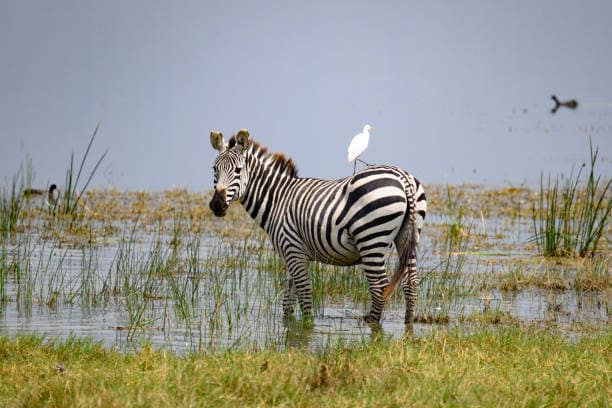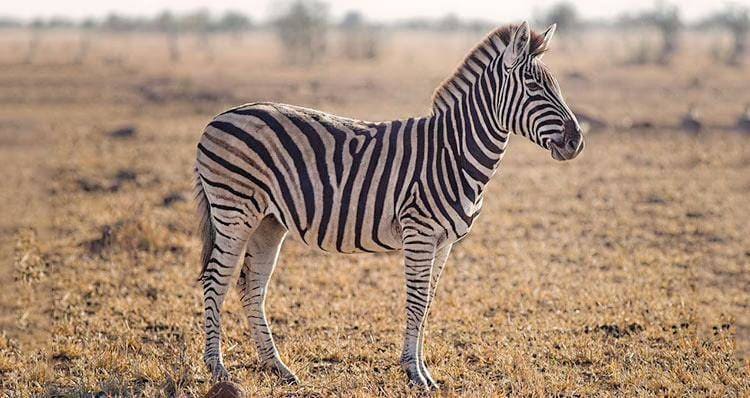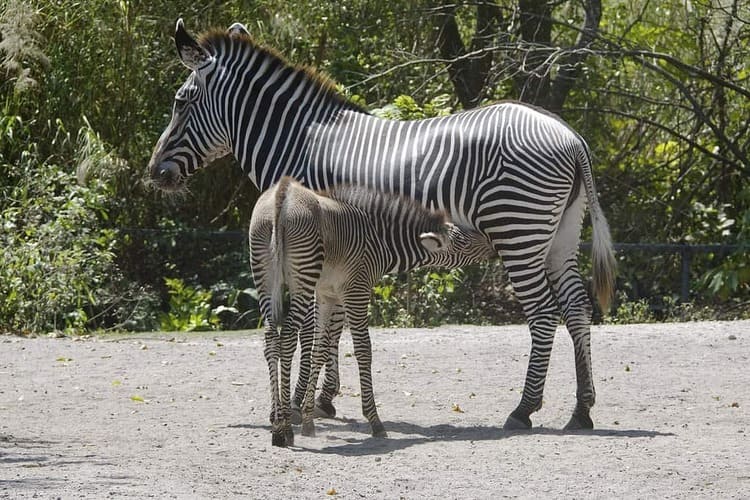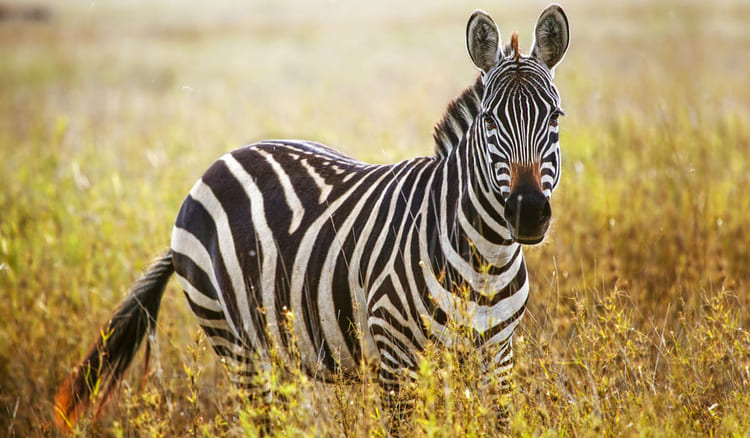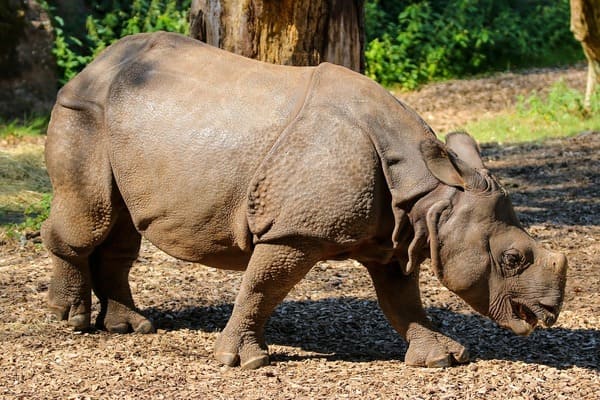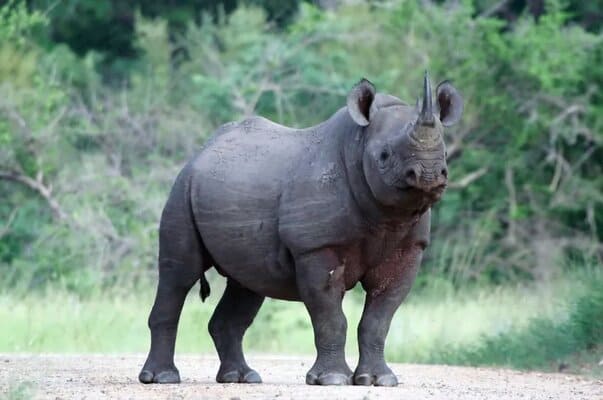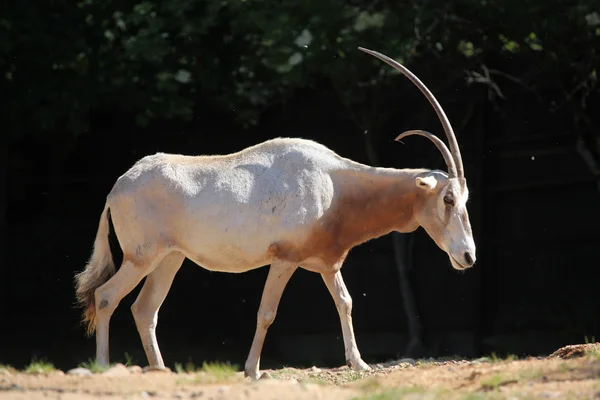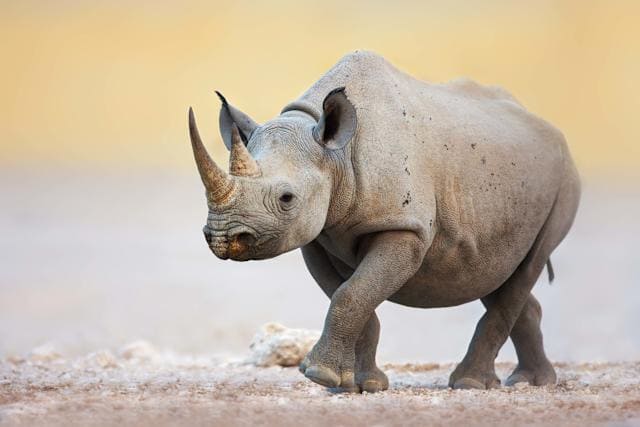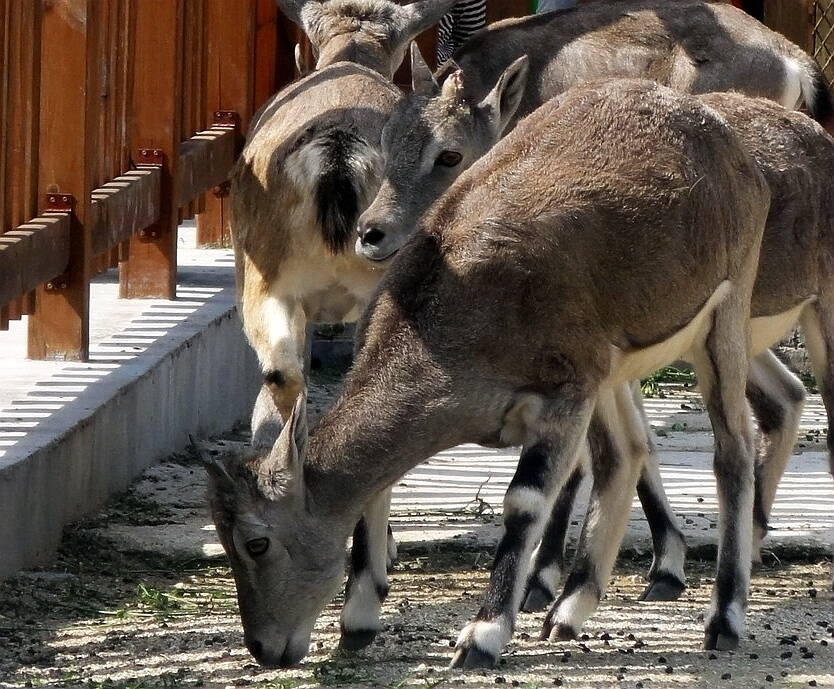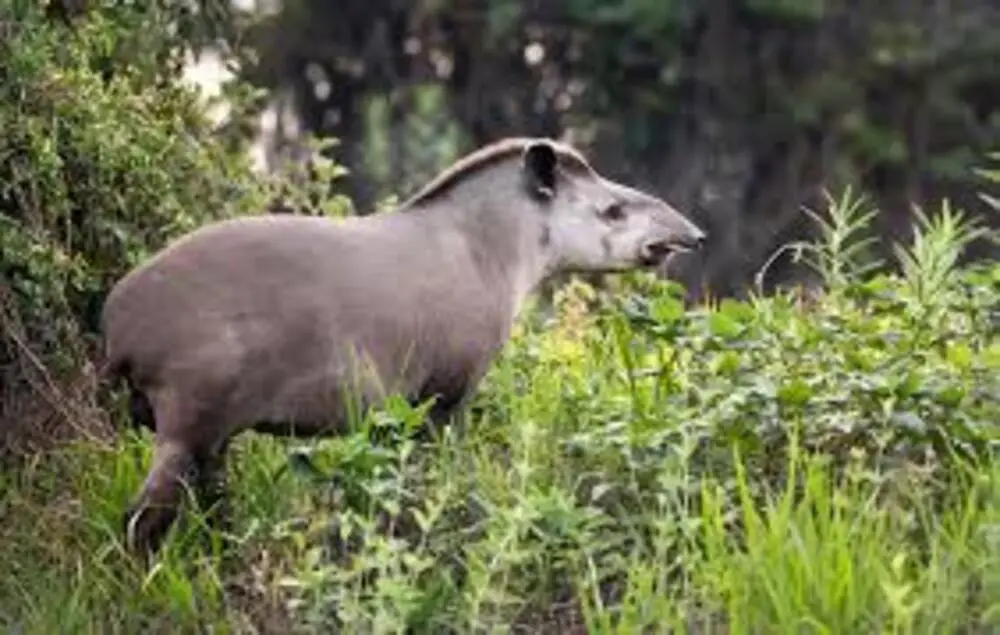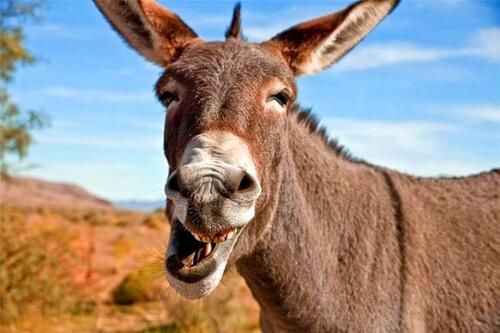Grévy’s Zebra
IUCN
ENBasic Information
Scientific classification
- name:Grévy’s Zebra
- Scientific Name:Equus grevyi
- Outline:Ungulata
- Family:Equidae Equus
Vital signs
- length:Head–body 240–300 cm; shoulder 135–160 cm
- Weight:350–450 kg (males heavier)
- lifetime:12–18 years in the wild; longer in managed care
Feature
Largest wild equid; male territorial system; drought‑tolerant long‑distance movements; white belly, very narrow stripes.
Distribution and Habitat
Arid/semi‑arid grassland–shrub mosaics of N Kenya and S Ethiopia, centered on permanent water sources.
Appearance
Fine black‑and‑white striping, white belly, large rounded ears; tall erect mane; tufted tail tip.
Details
Grévy’s zebra (Equus grevyi) is the largest living wild equid, recognizable by itsvery narrow stripes, white belly and large rounded ears. Once widespread across the Horn of Africa, it is now restricted mainly to northern Kenya and parts of southern Ethiopia. IUCN status: Endangered (EN).
Ecology & Behaviour
Adapted to arid and semi‑arid rangelands; travels long distances to track water and green flush. Social organization ismale territorial, with females and foals moving among territories. Primarily a grazer but browses shrubs in drought.
Reproduction & Longevity
Gestation ~13 months, single foal; postpartum estrus within 1–2 weeks. Wild lifespan commonly 12–18 years, longer in managed care.
Threats & Conservation
Habitat degradation & competition from heavy livestock grazing and infrastructure near scarce water points.
Drought & climate variability reducing juvenile survival and body condition.
Hunting/harassment historically for skins; human–wildlife conflict persists locally.
Community conservancies and protected areas in Kenya and Ethiopia manage water, grazing coexistence, patrols and monitoring. Key sites include Lewa and the Samburu–Buffalo Springs–Shaba complex.
FAQ
Q1. How to distinguish it from plains zebra?
Grévy’s zebra has finer, denser striping, a white belly and larger rounded ears; plains zebra usually has belly striping and smaller ears.
Q2. Why is it listed as Endangered?
Small, fragmented population exposed to drought, competition with livestock and human pressures.
Q3. Does it depend on permanent water?
Yes. During dry seasons movements center on reliable water, increasing overlap with livestock.

